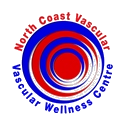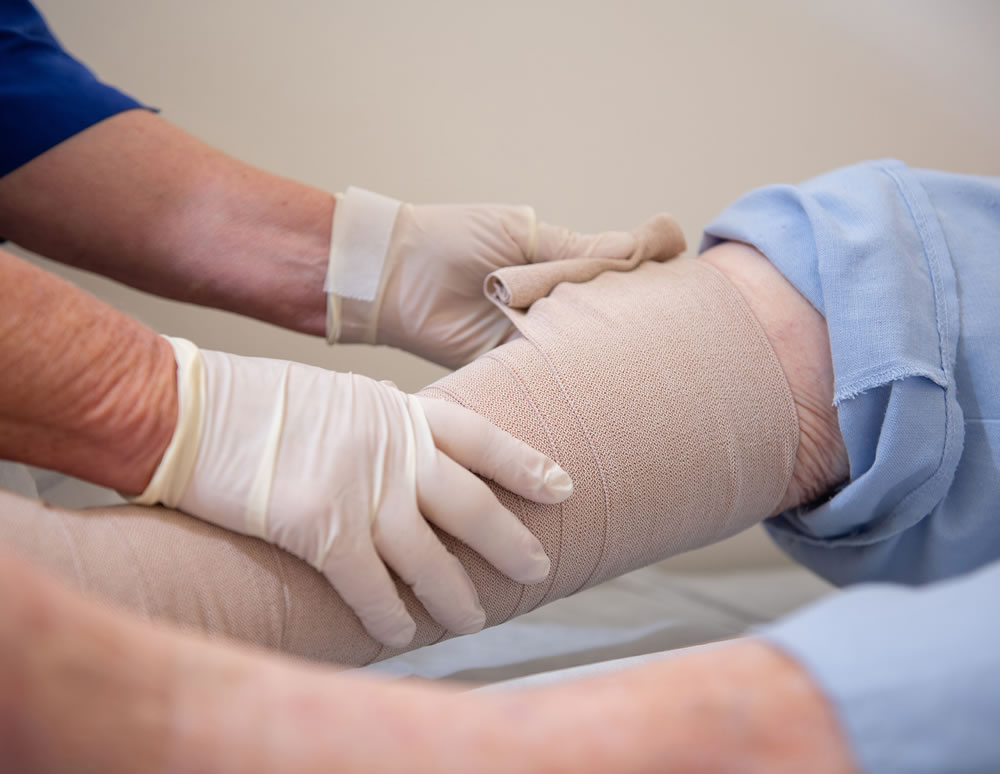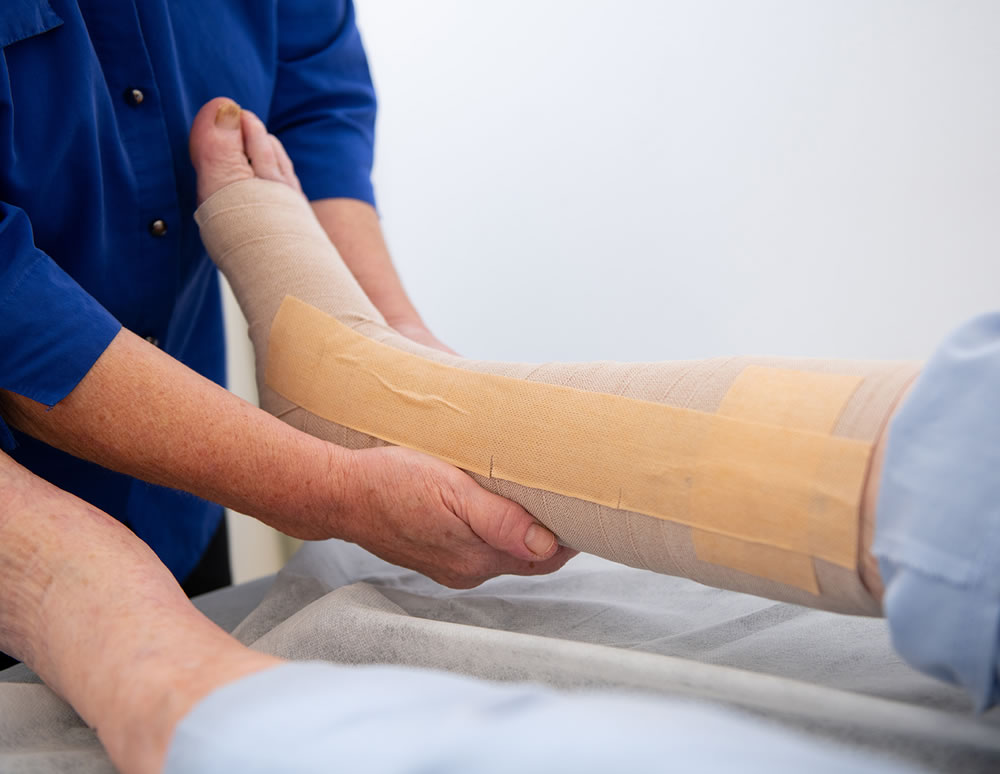What is Peripheral Artery Disease?
Peripheral Artery Disease (PAD) has a number of different names: Peripheral Artery Occlusive Disease; Arterial Occlusive Disease; Peripheral Vascular Disease; Lower Extremity Arterial Occlusive Disease; Occlusive Disease; Aortoiliac Occlusive Disease; Leg Artery Disease.
When the arteries in your legs become clogged or blocked, it results in reduced blood circulation to the muscles and tissues in the surrounding area. This is called Peripheral Artery Disease.
Symptoms of Peripheral Artery Disease
Symptoms depend where the artery is blocked or clogged, and the extent of the blockage. They can include:
- Pain or cramping in the buttocks, hips, shins, calves, thighs or feet when walking that goes away with rest
- Pain in the toes or feet when resting or at night
- Cold feet or legs
- Erectile dysfunction
- Slow healing of wounds on your feet or legs
- Ulcers on the toes, legs or feet
- Dry, scaly or cracked skin on your feet. Major cracks can become infected if untreated
- Burning or tingling
- Paleness in colour
- Numbness or paralysis
- Weakened leg muscles
- Blackness of your toes or skin (Gangrene)
Complications of Peripheral Artery Disease
Complications depend on the extent of the blockage and the length of time of the blockage. If the reduction of blood flow is severe and prolonged, it can cause Acute or Critical Limb Ischaemia. In these situations, the loss of circulation can be so severe that the limb may need to be amputated or may even cause death.
Causes Of Peripheral Artery Disease
Peripheral Artery Disease occurs when plaque builds up on the walls of your arteries, causing them to narrow and harden. This is called atherosclerosis or hardening of the arteries.
When your arteries become blocked, the surrounding muscles or tissue may not receive the blood and oxygen that they need. The lack of oxygen is called Ischaemia and can cause pain.
Risk factors for Peripheral Artery Disease include:
- Diabetes
- Smoking
- High blood pressure
- Obesity
- High cholesterol
- Family history of atherosclerosis (hardening of the arteries)
- Advanced age
- Sedentary lifestyle
- Kidney disease
Peripheral Artery Disease Treatment
Treatment options depend on the severity of the disease.
Mild – Moderate
If your PAD is mild – moderate, you will be asked to address lifestyle issues such as smoking and obesity, ensure you eat a healthy diet and get regular exercise. You may also be advised to take high blood pressure medication or other medication to lower your cholesterol level, and aspirin to reduce clot formation. You will also be advised to take increased care of your legs and feet and watch for any changes.
Severe
If you have severe symptoms, or your symptoms don’t improve with lifestyle changes, then we will generally recommend surgery.
Depending on your symptoms and a range of other factors, you will undergo either:
- Surgical bypass
- Endarterectomy
- Angioplasty
A bypass is where Dr Williams will create a new pathway for your blood flow using a graft which connects above and below the aneurysm. Grafts can be from a portion of one of your own veins or a synthetic tube.
Endarterectomy is where Dr Williams makes an incision over the blockage, and removes the plaque contained in your artery, and then closes it with a patch.
Angioplasty is where the artery is stretched by a balloon and a metal support tube (stent) may be inserted into the artery to keep it open. Angioplasty is an endovascular procedure, which means that the surgery is performed inside your arteries using long catheters threaded up through your arteries. It is commonly called keyhole surgery as only small incisions are needed.
Not all patients are suitable candidates for endovascular surgery, and Dr Williams will discuss the advantages and disadvantages of your different options with you during your appointment.




